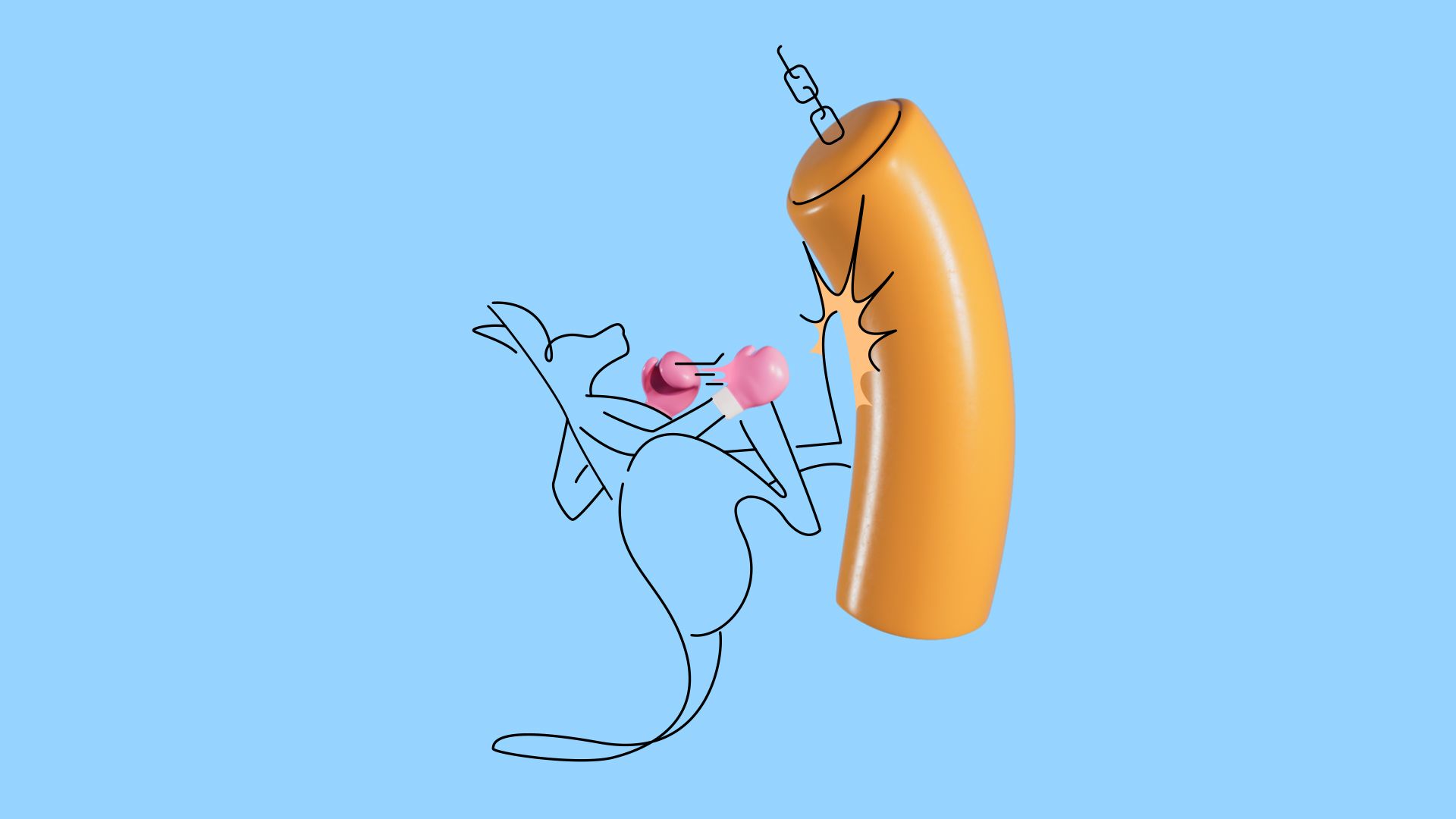Kangaroos and Australian roads: 8 ways to stay safe and avoid Kangaroo car accidents
Tips for keeping safe on Australian roads to avoid a kangaroo car crash or accident.

If you’re headed on a rural road trip or driving near a kangaroo hotspot, these are our tips for keeping safe on the road and avoiding a kangaroo car accident.
City-slickers might weave their way through traffic jams with ease, but when road trips head into kangaroo country, drivers may not be quite as slick on the road. We want both you and the ‘roos to get to your destinations safely, so we’ve rounded up our top tips to reduce the risk of a car accident when you’re driving on roads in kangaroo hot spots.
With serious power in their hind legs with a hefty frame to boot (male kangaroos can weigh up to 90kg), it’s not hard to see why an accident with a kangaroo could leave you, the animal and your vehicle worse for wear.
Keeping your roadside encounters with kangaroos incident-free is the aim of the game. Here’s eight important things to know for safer driving to help reduce the chance of hitting a ‘roo.
1. Drive during daylight hours
You’re much less likely to encounter kangaroos along the roads during the day and you’ll have better visibility to spot any that are around. When dusk hits and temperatures start to cool down, kangaroos get active and come out to feed, ditto at dawn, plus less light at night means they’re harder to spot on the road.
2. Chances of a crash are higher in winter
Statistically, most kangaroo-related car accidents happen in winter. Shorter daylight hours means more hours for kangaroos to be out and about, with cooler weather and less intense temperatures. Add to the mix poor winter weather or icy roads and driving conditions become even trickier. Bring your A-game and be on high alert when driving in winter as the chances of being on the road at the same time as kangaroos are much higher.
3. Droughts bring the ‘roos to the road
When droughts kick in, kangaroos are on the hunt for any decent puddles, grass or vegetation. Roadside kerbs lined with vegetation and grass that livestock can’t reach becomes prime feeding ground when the plains and forests start drying up. If it’s looking dry out stay alert for roadside grazing and unpredictable hops across the road.
4. They’re not flying solo
Kangaroos like to roll with their mob, so if you see one there’s often others. They might not have all 50 of their crew in tow but if there’s a ‘roo bounding along the road, his buddies could be close behind. Keeping your speed down can help you spot them and avoid any issues.
5. Keep your copilot on kangaroo lookout
Kangaroos might have their mob, but us humans often have backup support too - if you’ve got pals in the car, get them onto the job. If it’s not a solo mission, whoever’s called shotgun also gets to be on kangaroo watch. Get your co-pilot (or back-seat drivers) to help you keep an eye out for any animals and keep track of any unpredictable kangaroo direction changes.
6. Slow it down, don’t swerve
Seasoned drivers know that keeping it slow is the way to go. If you do have to avoid an animal on the road, most states’ transport departments advise staying straight and hitting the brakes rather than swerving. Swerving often ends up creating an even more serious accident if you veer off the road or into surrounding vehicles. Keep it slow and cruisey to sidestep the risk all together.
7. Get tactical with your high beams and horn
If you do have to drive at night in a kangaroo hotspot, you’ll want to use your high beams to see what’s on the road ahead. Spot a kangaroo? High beams off and a few honks on the horn to try get the kangaroo off the road. Leaving your high beams on can equal a stunned ‘roo, blinded by your lights. Not ideal. If you do have to pull over when it’s dark, flicking your hazard lights on will help let other drivers know to keep clear.
8. Research you route for kangaroo hotspots
We all love a bit of kangaroo chat, so you don’t need to search too far to find forums or news updates on where kangaroo accidents have been taking place. Some states’ transport or environment departments will give you a list of hot spots for vehicle collisions with kangaroos - ACT even calls out its exceptional hot spots for accidents. Whether you’re headed for a weekend in the outback or along the coast, the chances of encountering a roo on the road are much higher in more rural areas.
What happens if I do hit a Kangaroo?
If despite your best efforts an accident with a kangaroo does happen here are a few things you can do:
- Pull over as soon as it’s safe. Check you and your passengers are safe. Put your hazard lights on.
- If the kangaroo seems to be injured contact the local state’s RSPCA organisation to report the incident, they’ll be able to advise on further steps.
Our favourite marsupial can make driving on country road trips a little trickier, but they’re also what makes driving in regional Australia a unique experience. Enjoy your trip, share the road carefully and chances are you and skippy will get to your destination in one piece.
🌟 Huddle gives $4 from every Kanga Cover policy sold to Australian Wildlife Conservancy (AWC). We've chosen to support AWC for the incredible work they do, protecting native Australian species and their habitats. AWC currently manage 6.5 million of conservation land across 31 locations, providing sanctuaries for thousands of endangered native animals.

We hope you found this article useful. It’s important to remember that there’s terms and conditions to consider when selecting what optional extras cover you’d like, make sure you take the time to get across these so you know what happens if things were to go wrong.

